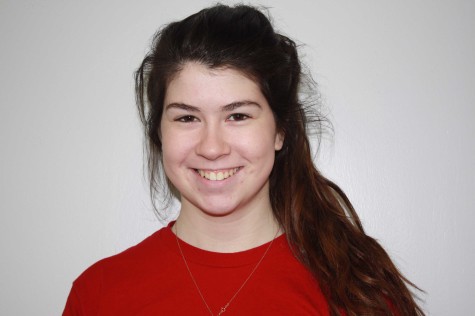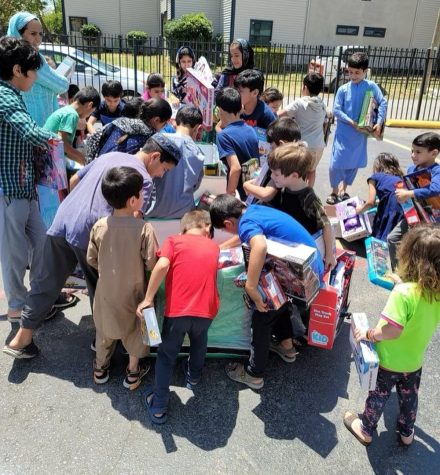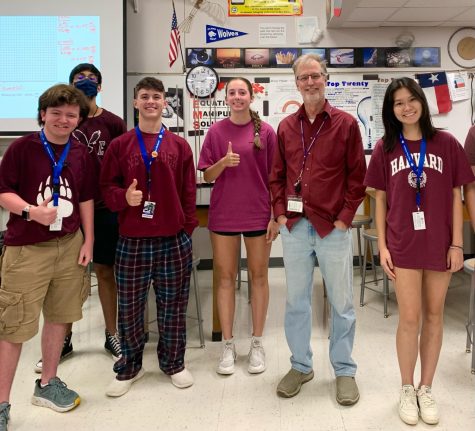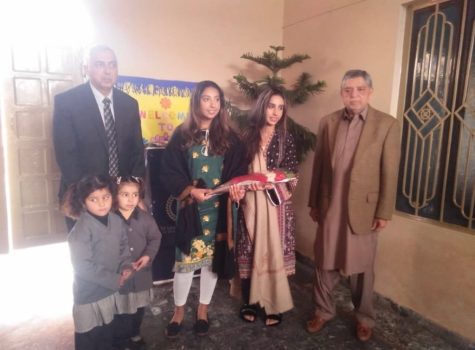Students Take Science Symposium
Students advance to the next round in scientific competition
This past October, select students went to compete at the Texas Junior Academy of Science Symposium in College Station. Three students placed first in their respective categories in the competition. This placement allows them to move on to the national conference, American Junior Academy of Science (AJAS), in San Jose in February.
Junior Dara Li placed first in the Botany/Zoology category with her Enhancing a Third Generation Biofuel using Genetically Modified Cyanobacteria project.
“I was originally interested in marine science, so I studied ocean dead zones and pollution, which brought me over and over again to algae,” Li said. “I began to study what algae is useful for, and then I began making biofuels from it.”
Li put many hours of work into her project, which allowed her to move on to AJAS in February.
“I am excited for AJAS because it is a conference and not a competition,” Li said. “Everyone there is peers and we can enjoy each others work, and there will be nobel laureates so we can learn and not have to be nervous all the time.”
Senior Kriti Gaur also placed in the Environmental Science category with her project Study of Metal Nanoparticle Toxicity on Algae.
“I was wanting to work on this project because I have always had a fascination with the ocean,” Gaur said. “I wanted to see what affect they would have on algae and other organisms in the ocean as well.”
Gaur is hopeful about the future of her research and how it can continue to affect the science community and the ocean environment.
“Now that we know nanopollution is a problem, I want to find a way to combat it,” Gaur said. “I’m hoping that this will lead to a method that can stop nanopollution.”
Senior Mokshin Suri placed his project the Structural Analysis and Fabrication of Dye-sensitized and Perovskite Solar cells not only first in the Physics category, but also third among the other first place winners in the physical category.
“I compared the two types of solar cells, dye-sensitized which use color to produce free electrons, while Perovskite use light,” Suri said. “I basically compared the efficiency of the two, as well as making them using different objects, such as glass.”
Suri feels promising about his work and the future of solar cell energy.
“You can make the solar cells in different structures, so you can have them on many surfaces such as plastics or even clothes,” Suri says. “The ultimate goal of this project is greater application and efficient use of solar cells.”
These projects are very insightful to the science community, and the students are ready to share their work to top American scientists in February.
“I really enjoyed doing this project because I love solar cells and I like competing,” Suri said. “I hope that this research can be used in the future with much greater use.”
Your donation will support the student journalists of Plano West Senior High School. Your contribution will allow us to purchase equipment and cover our annual website hosting costs.

This is Maureen Maher's first year as a writer for BluePrints. Writing has always been a passion for Maureen and she is excited that she gets to have her...







